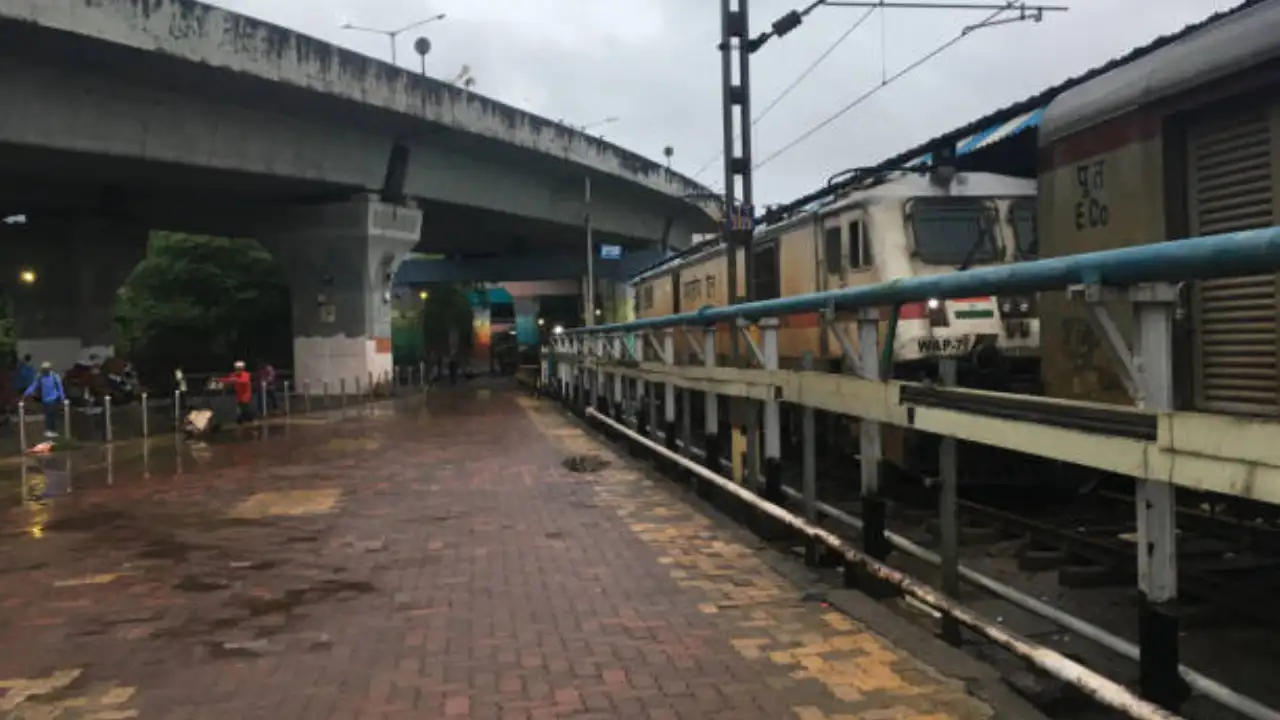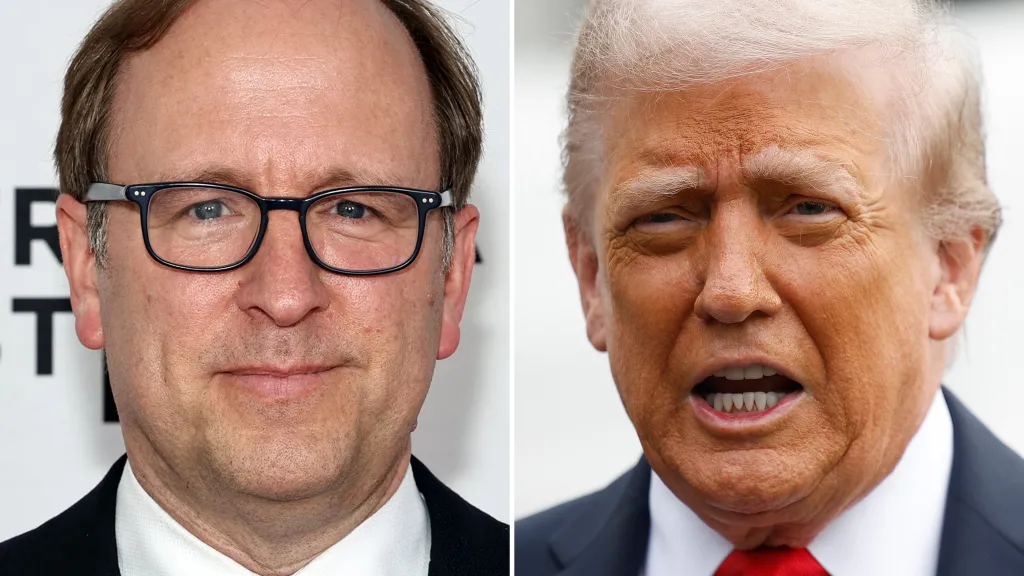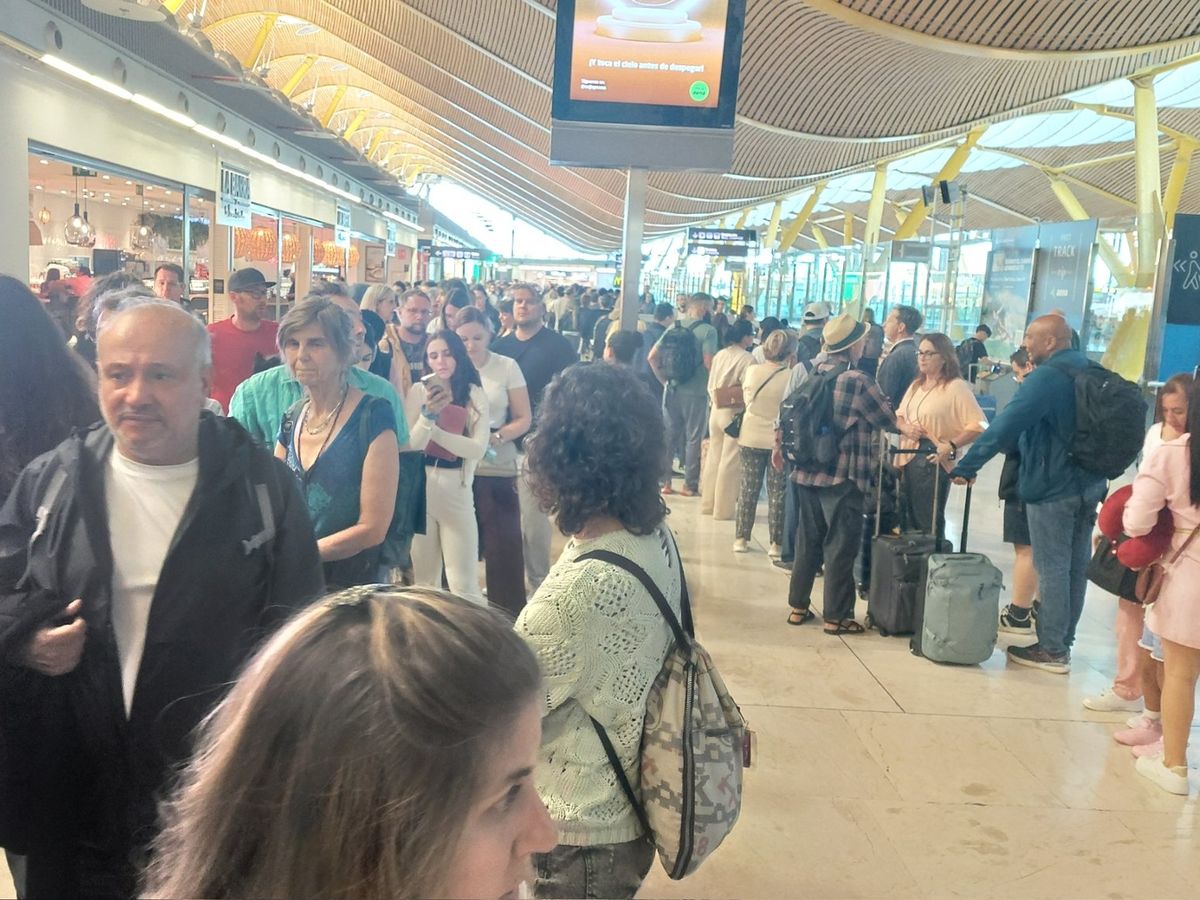By Avni Arya
Copyright timesnownews

Mumbai: A piece of Mumbai’s history is set to vanish as the 125-year-old Elphinstone Road Over Bridge (ROB) was permanently closed from 11.59 pm on Friday, 12 September, to make way for the city’s next big infrastructure leap — the Sewri-Worli Elevated Connector. But for the lakhs who use the bridge daily, the closure has already begun to spell traffic nightmares. Why Elphinstone Bridge matters so much Built in the British era, the iconic bridge has been a lifeline between Parel and Prabhadevi. More than five lakh commuters use it every day to travel across Central and Western Railway lines, to workplaces, schools, hospitals like Tata Memorial and KEM, and the bustling residential blocks around it. Its closure is expected to cause severe disruptions until new alternatives are fully in place. New traffic rules: one-way timings and diversions To cope with the chaos, Mumbai Traffic Police has laid out a web of diversions and time-bound restrictions: East to West: • Dadar East to West — use Tilak Bridge. • Parel East to Prabhadevi/Lower Parel — use Currey Road Bridge between 7 am and 3 pm. • Parel and Byculla East to Worli, Coastal Road, Sea Link — use Chinchpokli Bridge.West to East: • Dadar West to East — use Tilak Bridge. • Prabhadevi/Lower Parel to Parel, Tata and KEM Hospitals — Currey Road Bridge (3 pm to 11 pm). • Coastal Road, Sea Link, Worli to Parel and Byculla East — Chinchpokli Bridge.Currey Road Bridge one-way rules: • 7 am–3 pm: From Comrade Krishna Desai Chowk to Shingte Master Chowk. • 3 pm–11 pm: From Shingte Master Chowk to Comrade Krishna Desai Chowk. • 11 pm–7 am: Two-way traffic allowed. Several stretches, including Senapati Bapat Road and Mahadev Palav Road, have been declared no-parking zones. Two ambulances and wheelchairs will remain stationed near Parel and Prabhadevi stations to help residents caught in medical emergencies. What replaces Elphinstone Bridge? In place of the narrow 13-metre bridge will rise a modern double-decker Road Over Bridge (ROB) designed to ease east-west traffic snarls. The structure will stretch 132 metres, crossing both railway lines: Lower deck: Two lanes on either side plus a footpath.Upper deck: Four lanes (2+2) feeding directly into the Sewri-Worli Elevated Connector. The project will link Dr Babasaheb Ambedkar Road and Senapati Bapat Road on one side, while offering a seamless flow from Atal Setu and Navi Mumbai into Worli on the other. The demolition affects 83 residents from Lakshmi Nivas and Haji Noorani Chawl, who will now be relocated to MHADA units nearby. This comes after earlier relocation plans to Kurla drew strong protests, delaying the bridge’s closure. Local activists have already staged signature campaigns demanding safer alternative routes during construction. Why the Sewri-Worli Connector matters The 4.5 km, four-lane Sewri-Worli Elevated Connector is a key cog in Mumbai’s future transport puzzle. Once ready, it will knit together the Bandra-Worli Sea Link, the Mumbai Coastal Road and the Atal Setu (MTHL), ensuring faster dispersal of traffic from Navi Mumbai to South and Central Mumbai. For now though, motorists, residents and patients heading to critical hospitals must steel themselves for longer commutes, tight detours and inevitable gridlock as one of Mumbai’s busiest east-west arteries vanishes overnight.



